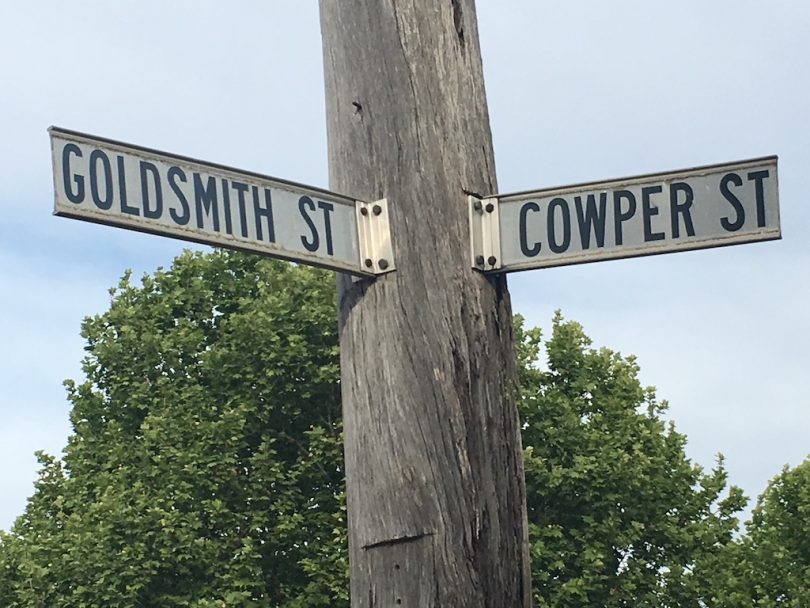
Cowper and Goldsmith Streets in Goulburn are among the inner places where slivers of land have the potential to generate a new minimum rate notice.
If you have ever suffered a tiny, unexpected and painful splinter you will empathise with a key sector of Goulburn’s property market.
Small slivers of land are surfacing in the redevelopment of inner city land, and like tiny splinters, are proving painful and difficult to remedy.
The slivers can be as narrow as a fence line – 70mm – and can increase substantially in size depending on features built on the subject or adjoining land. Yet they are enough to catch people by surprise.
In recent times slivers of land have arisen in Eleanor, Cowper, Joshua, Prince, and Goldsmith Streets. Goulburn council is aware of four such slivers. The potential for many more exists across the older areas of Goulburn and indeed across NSW.
So, what causes these troublesome slivers? Computer software is delivering more accurate record keeping, at a time when the NSW Government is encouraging infill development to maximise the benefits of existing infrastructure like roads, water and power services.
These factors have come to the fore on land subject to limited or Old System title under which the Land Titles Office issued titles based on a description of boundaries. There is no guarantee that dimensions and areas shown on limited title plans are available to the registered proprietor as they can be impacted by features such as fences and buildings.
While Old System or limited title has been superseded by Torrens title, many parts of Goulburn retain titles based on very old descriptions. It is only when a survey is undertaken by a registered surveyor that the titles office will guarantee title.
Over the years, as some neighbours became more active on blocks with gardens, shed extensions or chook yards, boundary fencing sometimes moved. In many instances, this fencing may not be erected on boundaries and the aforementioned structures may even stand on adjoining land. The slivers of land on which their activity encroached does not come to light until many years later, if at all, and when it does their long-term occupation or enclosure can be deemed to demonstrate ownership.
When a block of land is redeveloped and a fresh survey is registered with the titles office, the ensuing paper work not only identifies the sliver of land, but can generate a rate notice to the documentary landholder. Can you imagine a council ignoring an opportunity to charge rates? Not likely.
Goulburn Mulwaree Council is awaiting advice from the NSW Valuer General before determining if rates charged so far will be refunded.
“There is no provision in the Local Government Act that makes these properties exempt from rates, and, in accordance with the Act all parcels of land must be rated unless they are exempt,” says a council spokesman. “Therefore, unless the nil valuation is backdated to a previous rating base date, we are of the view that legally, the rates must stand,” the council said.
The Valuer General is aware of the problem. “The Registrar General, Surveyor General and Valuer General are working together to find a resolution to this issue,” a spokesman says. “In the interim, the Valuer General has placed a moratorium on valuing newly created residue parcels.” He says consultation with local councils and other government authorities will occur before any final position being taken.
“The title office wants to more accurately identify land,” says a Goulburn property professional. “But slivers should not be rateable, the Value General gives them a zero value, but they still generate a not insignificant minimum rate.”












